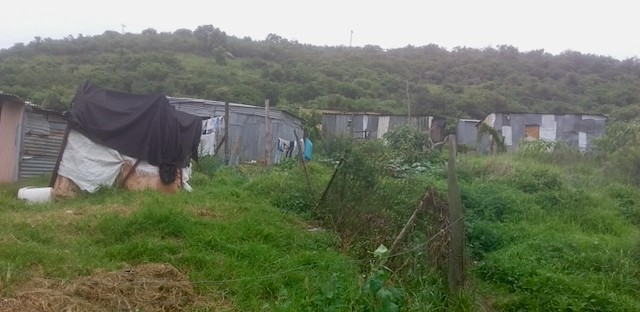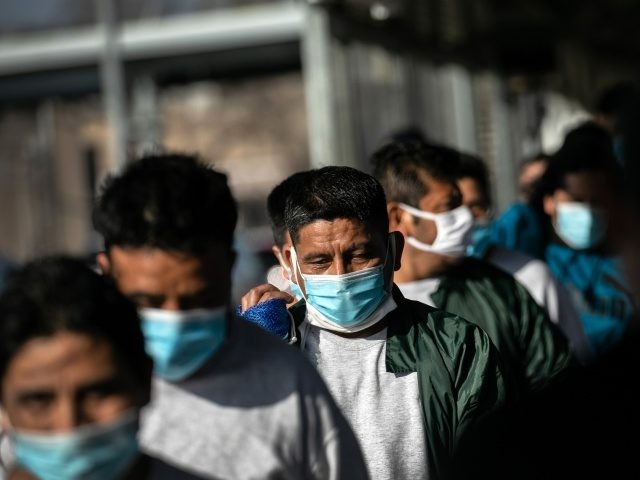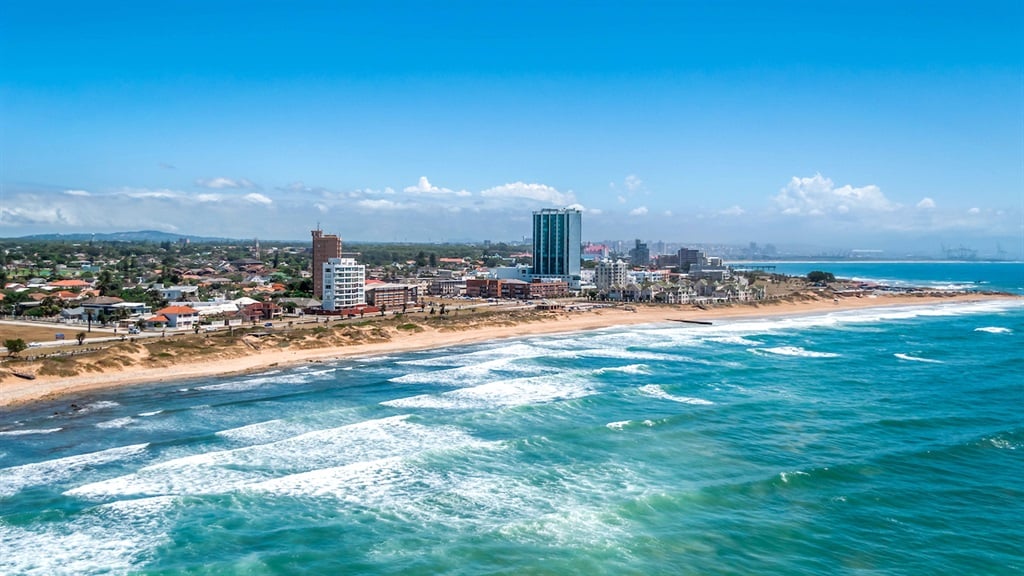
Formerly Port Elizabeth, now Gqeberha. (Getty)
- Port Elizabeth airport has been renamed Chief Dawid Stuurman International Airport.
- Stuurman got involved in political activism in the Eastern Cape during the 18th century after both the Khoi and San people were dispossessed of their land under Dutch and British colonial rule.
- He was one of the first prisoners to be sent to Robben Island.
- Here is what we know about the Khoisan leader.
- The names of the airports in East London, and the Nelson Mandela Bay city formerly known as Port Elizabeth, officially changed on Tuesday.
East London airport is now the King Phalo Airport, Port Elizabeth itself is now Gqeberha, Uitenhage is Kariega, King William’s Town is Qonce, and Maclear is now Nqanqarhu.
The former Port Elizabeth's airport has been renamed Chief Dawid Stuurman International Airport. Here’s what we know about the Khoi chief.
He was a Khoi leader who fought against Dutch and British colonial rule between 1799 and 1819
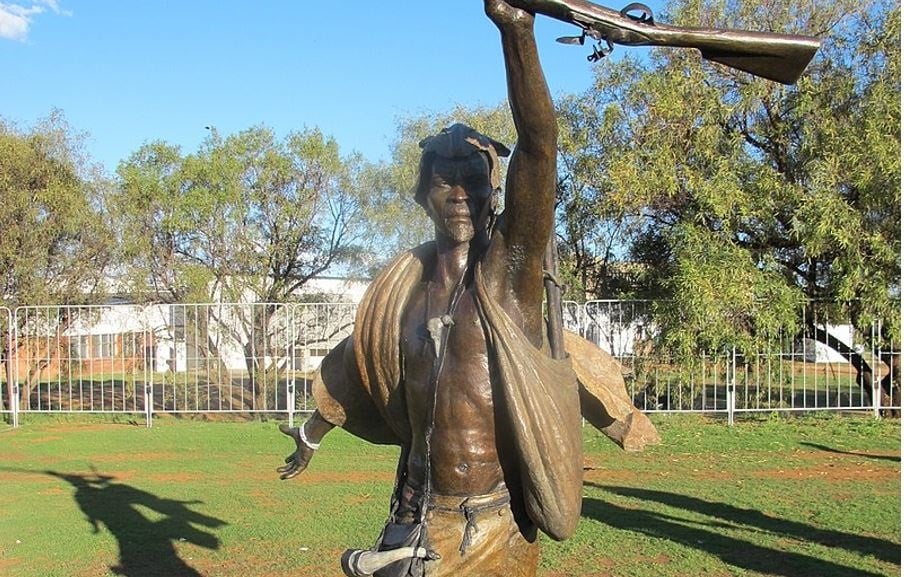
Wikipedia
Dawid (sometimes also written as David) Stuurman got involved in political activism in the Eastern Cape during the 18th century after both the Khoi and San people were dispossessed of their land under Dutch and British colonial rule. Stuurman, and other indigenous people, were forced to live and work on their land as labourers.
He was one of the first prisoners sent to Robben Island…
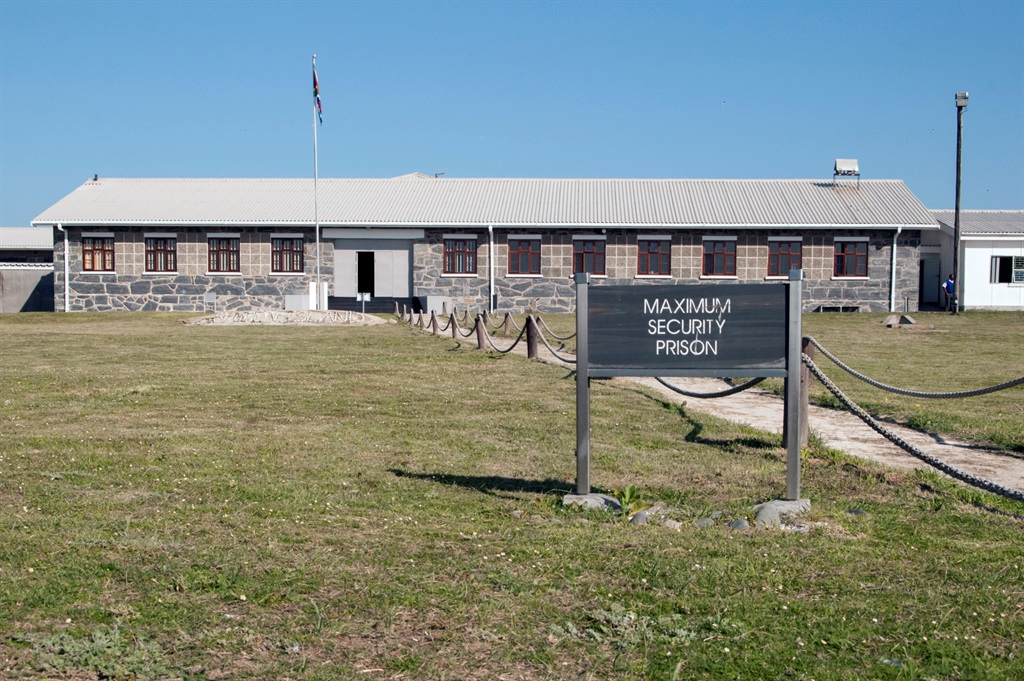
Wikipedia
Stuurman was arrested in early 1809 for offering refuge to escaped slaves and other fugitives, and refusing to appear before authorities about the matter. He and three others were imprisoned in Cape Town in early 1809. On 11 September, Stuurman was officially charged and sent to Robben Island.
…and managed to escape – twice.
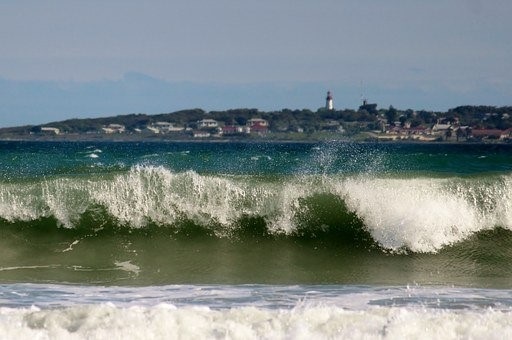
Pixabay.
Stuurman and others escaped Robben Island using whaling boats. Most of them were recaptured, but Stuurman made his way back to the Eastern Cape.
He remained free until the fifth Xhosa War, when he was captured again and sent back to Robben Island.
On the 9 August 1820, Stuurman escaped from Robben Island once again – this time during a prison mutiny.
He was sentenced to life in jail in Australia …
Stuurman was captured when he reached the mainland following his second escape, and was sentenced to life imprisonment on a penal settlement in New South Wales, Australia.
… but was first sent back to Robben and Island – yet again – and chained to a wall before he could be transported.
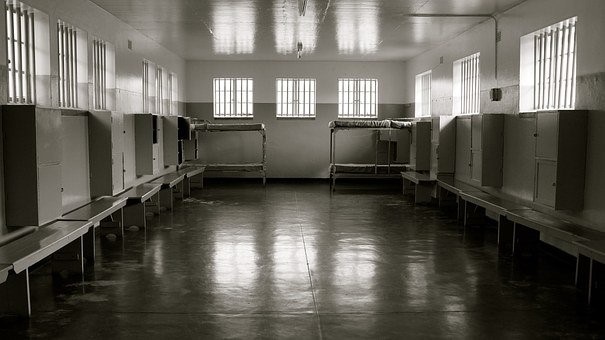
Pixabay
On 16 December 1820 he was sent, for the third time, to Robben Island, and chained to a wall until he could be transported to Australia.
He reached Sydney in 1823, and worked for the Australian government for 6 years
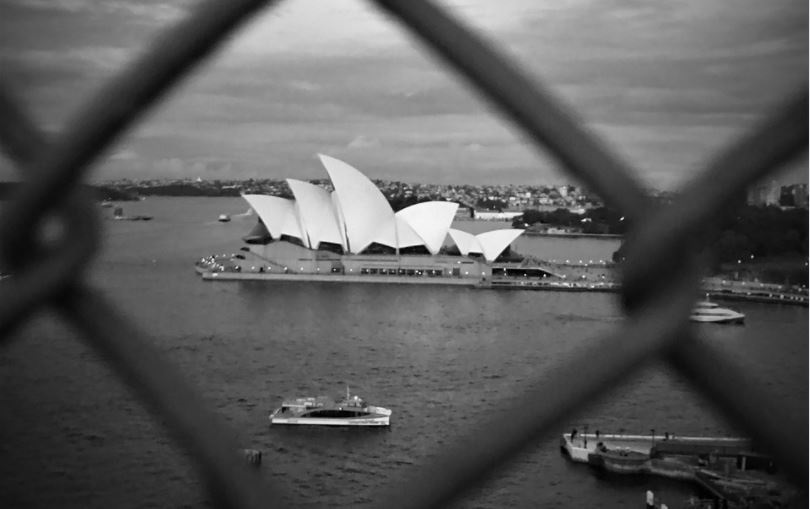
Pixabay
In April 1823, the convict ship Brampton reached Sydney with Stuurman and 11 other South Africans on board. He worked at military barracks in government service for six years. Stuurman eventually obtained a ticket of leave which allowed him to work for wages. A petition to Queen Victoria for his release was in vain.
Stuurman died on 22 February 1830 and was buried at Devonshire Cemetery, which was later redeveloped into a railway station.
Stuurman’s remains could not be repatriated, but a traditional ceremony was held in Sydney to repatriate his spirit
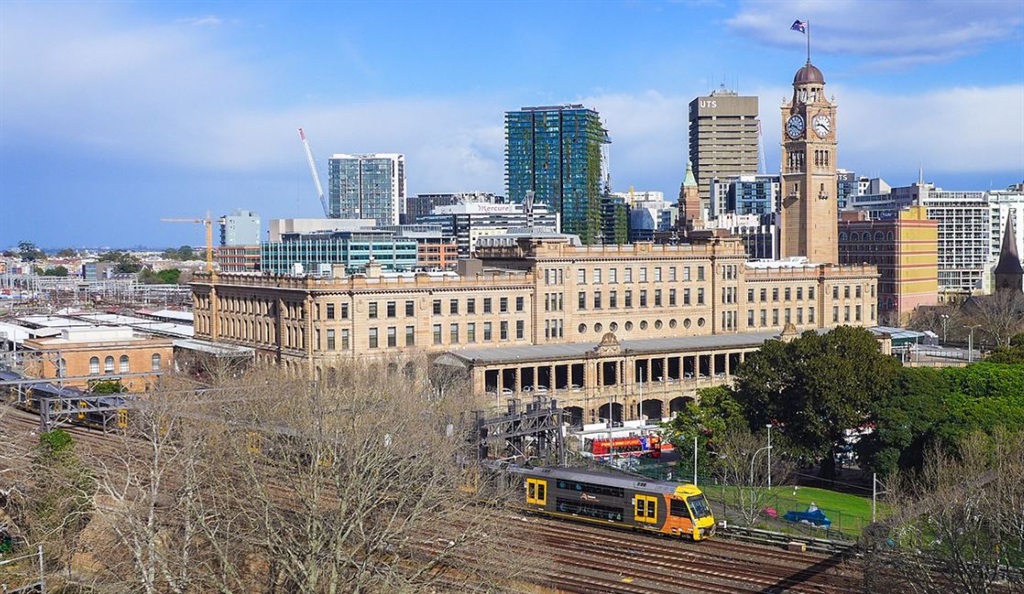
Wikipedia
His remains could not be repatriated because of the train station which stands where he is buried.
On 13 June 2017, a traditional ceremony was conducted in Sydney to repatriate his spirit. The ceremony involved the use of umphafa tree branches. The common name, Buffalo Thorn, refers its notorious thorns, one pointing forward and one backwards. In Afrikaans it is known as the wag-‘n-bietjie (‘wait-a-bit’) tree. A twig from the tree is used in certain cultures to attract and carry the spirit of the dead from the place of death to the new resting place.
A second spiritual repatriation took place at the Sarah Baartman Heritage Centre in Hankey.
In 2015, a statue was erected at the National Heritage Monument in Tshwane in honour of Stuurman.
The call for Stuurman’s name to be used came from the Khoisan community of Nelson Mandela Bay
"He was a man that fought for the freedom and liberation of the people that were found here. We, as the descendants of the Khoisan in Nelson Mandela Bay, the name Chief David Stuurman is our first choice," Khoisan chief Prophet Crawford Fraser said in 2018, when they first proposed the name change, according to a report on IOL.
According to Stephen Langtry, who works at Cornerstone Institute, a private non-profit higher education institution in Cape Town, Stuurman “also opposed the conscription of the Khoi into militias that were created to defend the colony, and to attack San and amaXhosa”.
https://www.businessinsider.co.za/heres-what-we-know-about-dawid-stuurman-the-man-behind-pe-airports-new-name-2021-2




